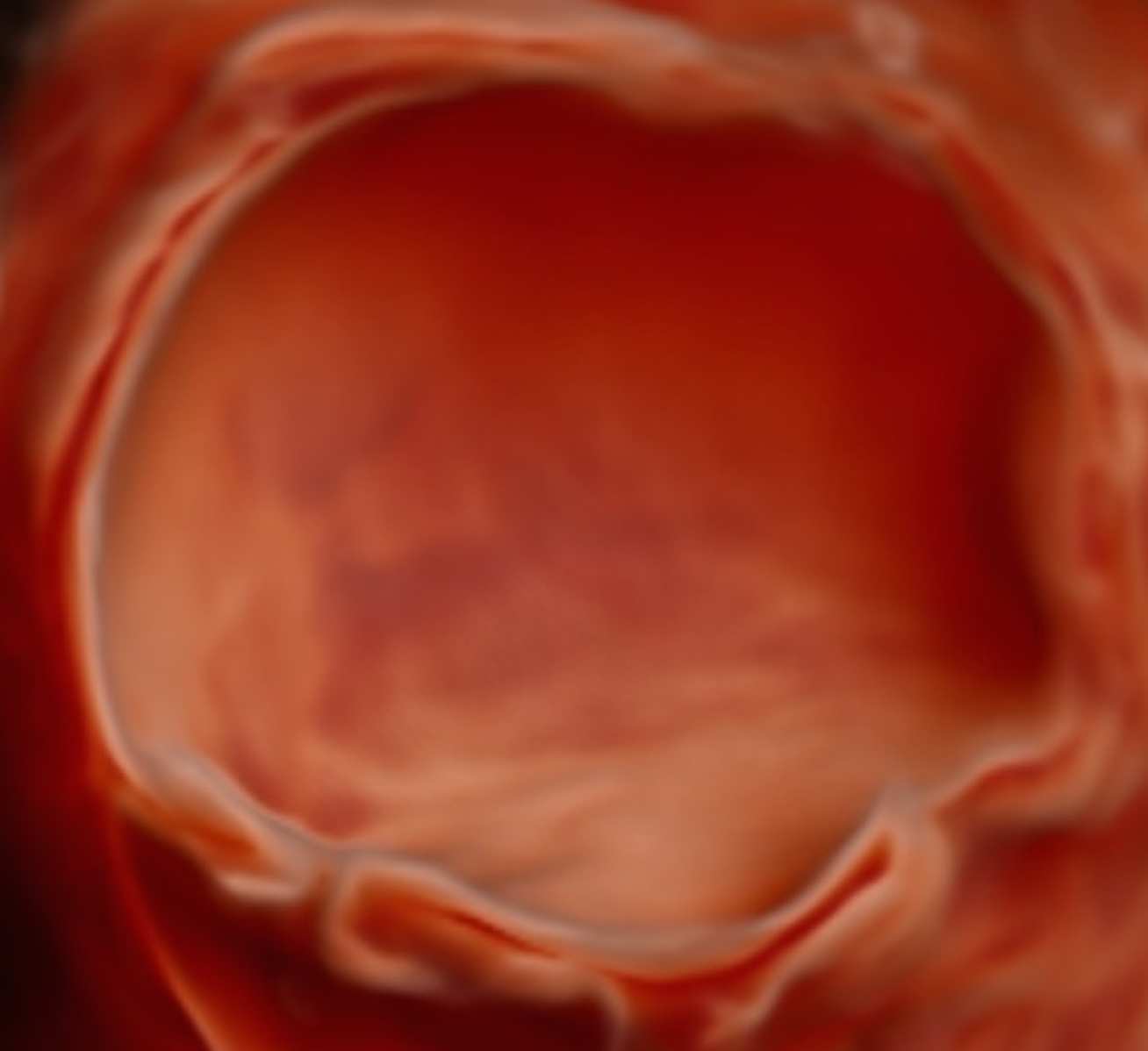Women have two ovaries that produce eggs and hormones called estrogen and progesterone. Sometimes, a fluid-filled sac called a cyst will develop on one of the ovaries. Many women will develop at least one cyst during their lifetime.
In most cases, cysts are painless and cause no symptoms. However, in some cases, they can trigger pelvic pain and bloat. Doctors refer patients with these symptoms for ultrasound scans, where the cysts are classified as benign (non-cancerous), or cancerous tumors. In the event of suspected cancer, the cysts are always removed and analyzed.
A new study by the Imperial College London suggests that women may not need to undergo surgery for non-cancerous ovarian cysts, avoiding potential surgical complications.
For the study, scientists followed 1919 women from 10 different countries, including the UK, Belgium, Sweden, and Italy, who were diagnosed with non-cancerous ovarian cysts.
In watchful waiting, doctors do not remove the cysts but monitor their size and appearance with regular ultrasound scans. This is because many cysts shrink and disappear or do not change over time.

Out of the 1919 women in the trial, one in five (20 percent) had cysts that disappeared of their own accord, and 16 percent underwent surgery. Overall, in 80 percent of the case either the cyst resolved or did not need intervention. The average age of the women in the study was 48, and the average size of the cyst was 4cm.
Only 12 women were subsequently diagnosed with ovarian cancer, making the risk of cancer 0.4 percent. However, the researchers caution this may be due to the tumors being initially misdiagnosed as non-cancerous on the initial ultrasound scan, rather than a benign cyst turning cancerous. The rate of other complications, such as ovarian twisting or cyst rupture was 0.4 percent and 0.2 percent respectively.
Scientists noted that the risks must be assessed alongside the risks of surgical removal. The risk of complications, such as bowel perforation, for surgical removal of cysts among women aged 50-74 is between 3 and 15 percent.
Professor Dirk Timmerman, lead author from KU Leuven explained: “Despite these surgical risks being small if the women in this age group underwent surgery in our study then we could speculate that 29 to 123 of them could have suffered severe surgical complications. Instead, only 96 of them underwent surgery, which means severe complications may have been avoided in between 29 to 123 women.”
Professor Tom Bourne, lead researcher from Imperial College London said this study suggests watchful waiting is suitable for most women when an ovarian cyst initially classified as being benign: “Our results may lead to a paradigm shift resulting in less surgery for non-cancerous ovarian cysts – on condition that trained ultrasound examiners reliably exclude cancer.”
The study is published in Lancet Oncology.
